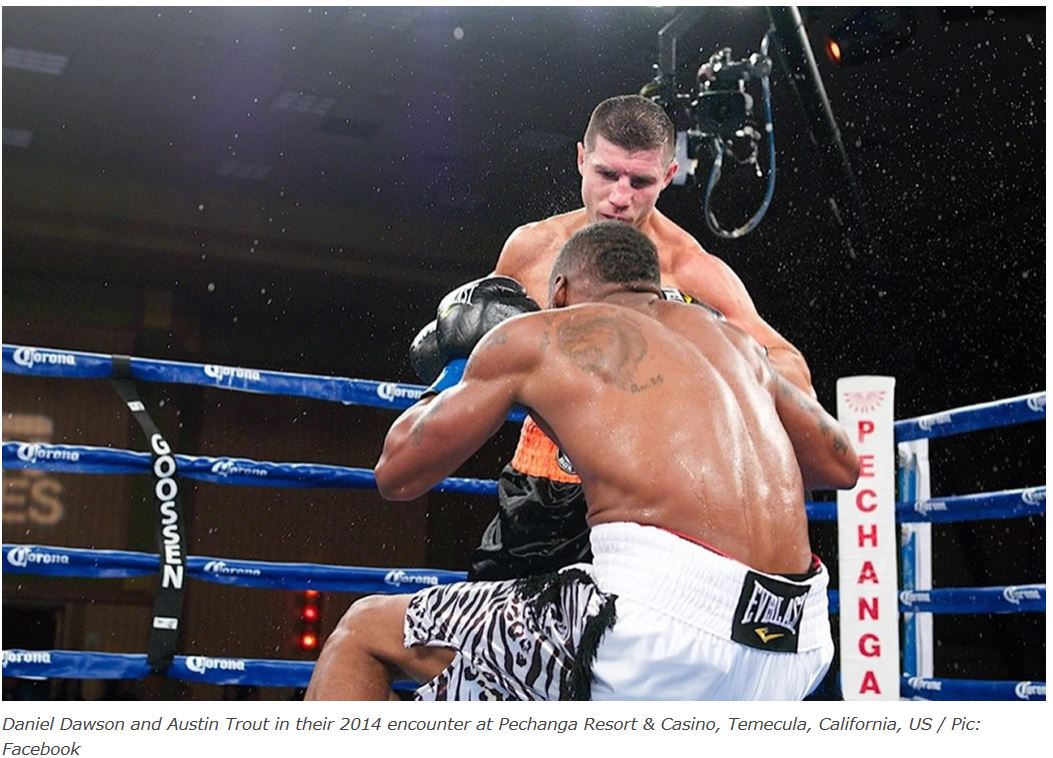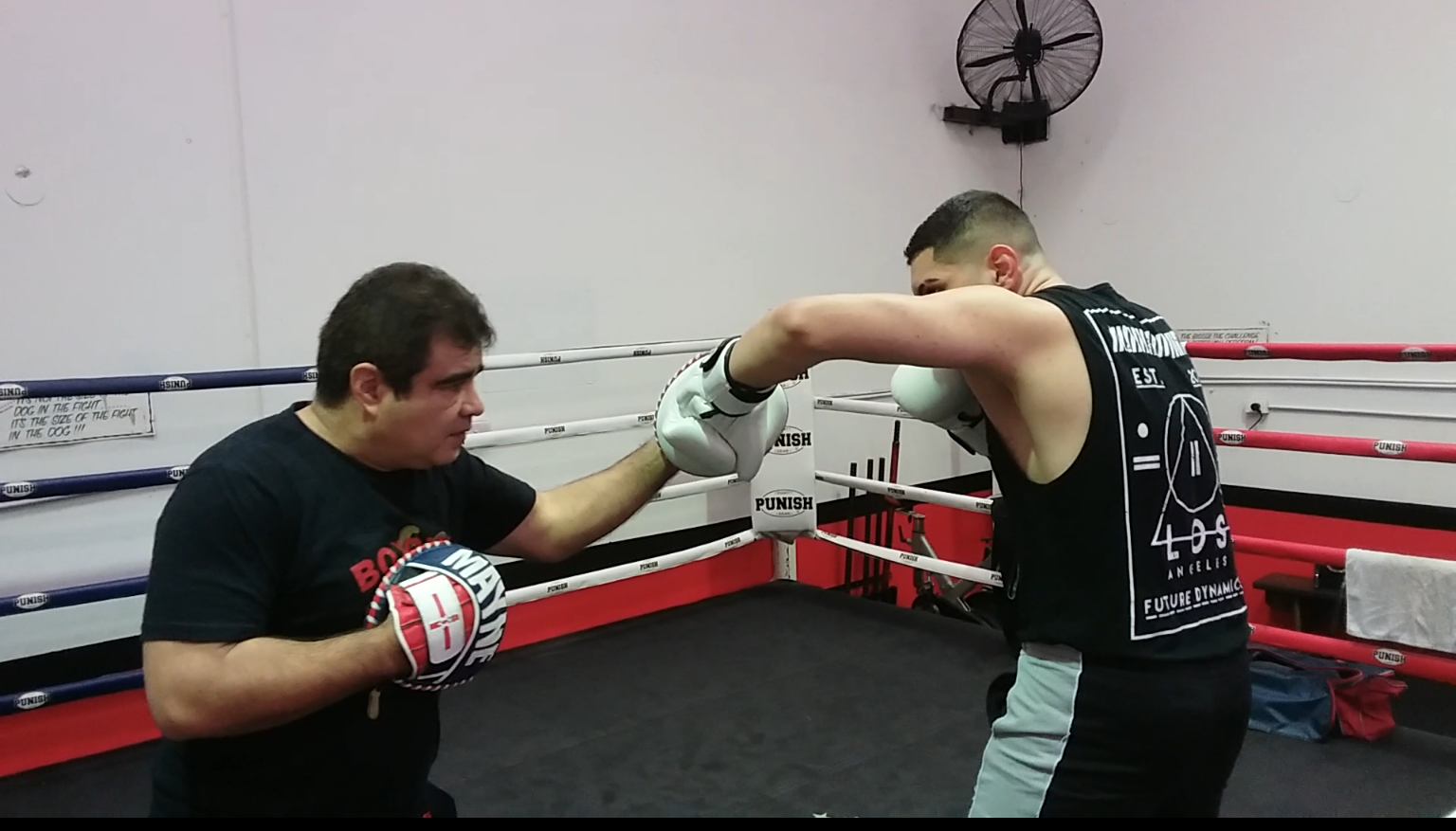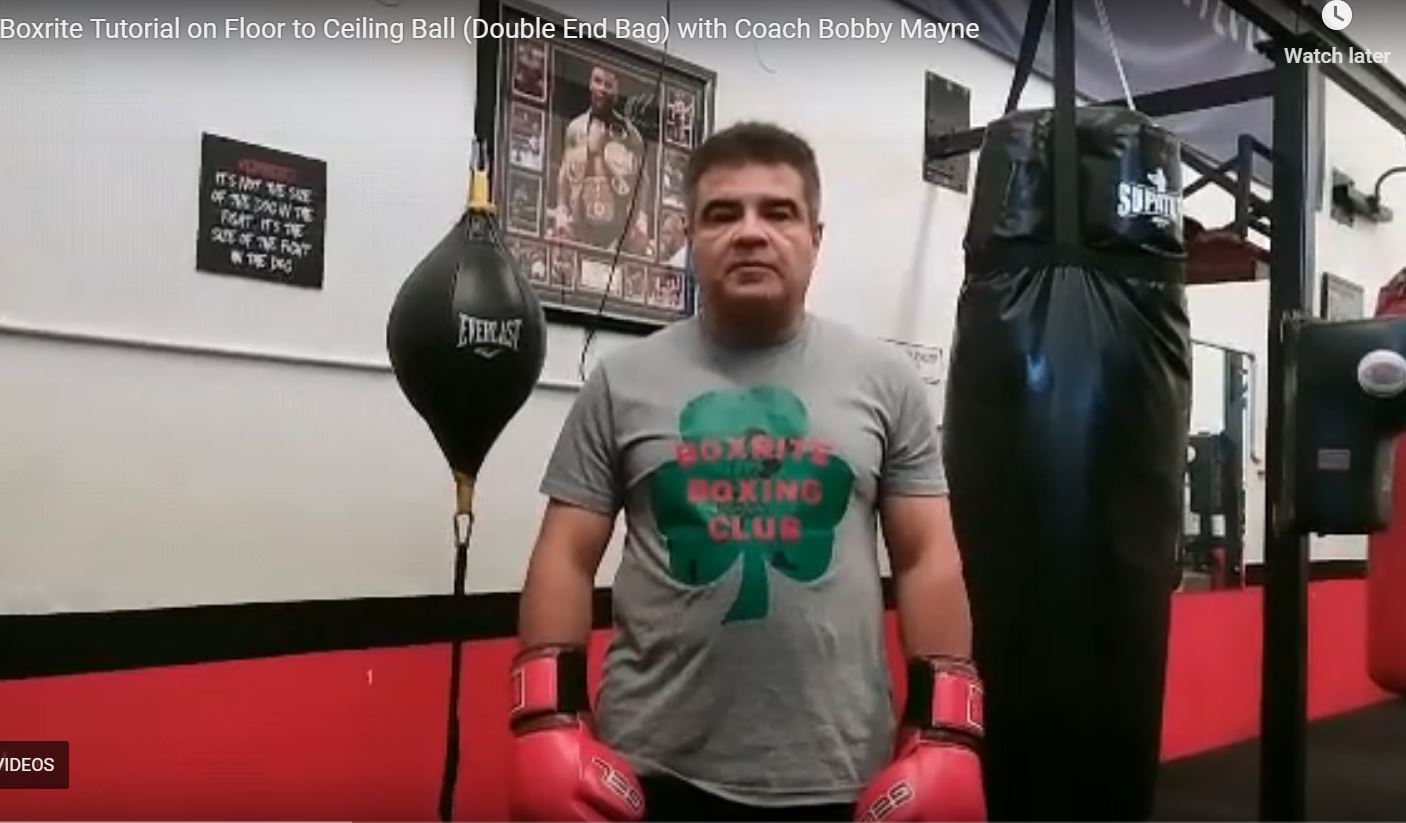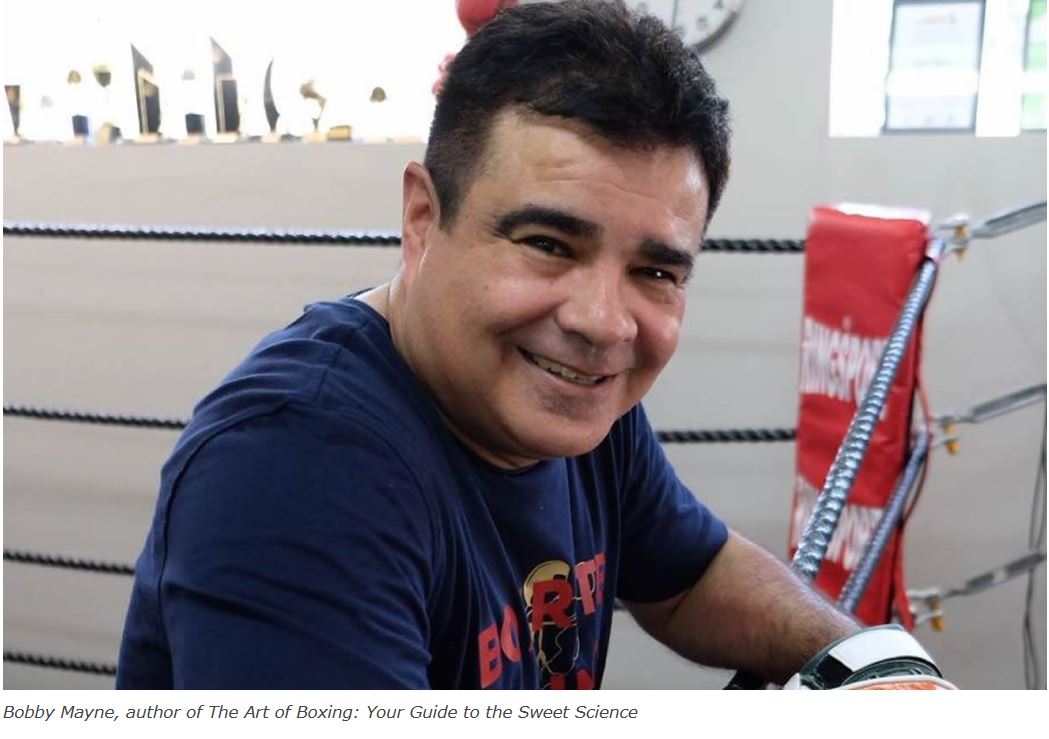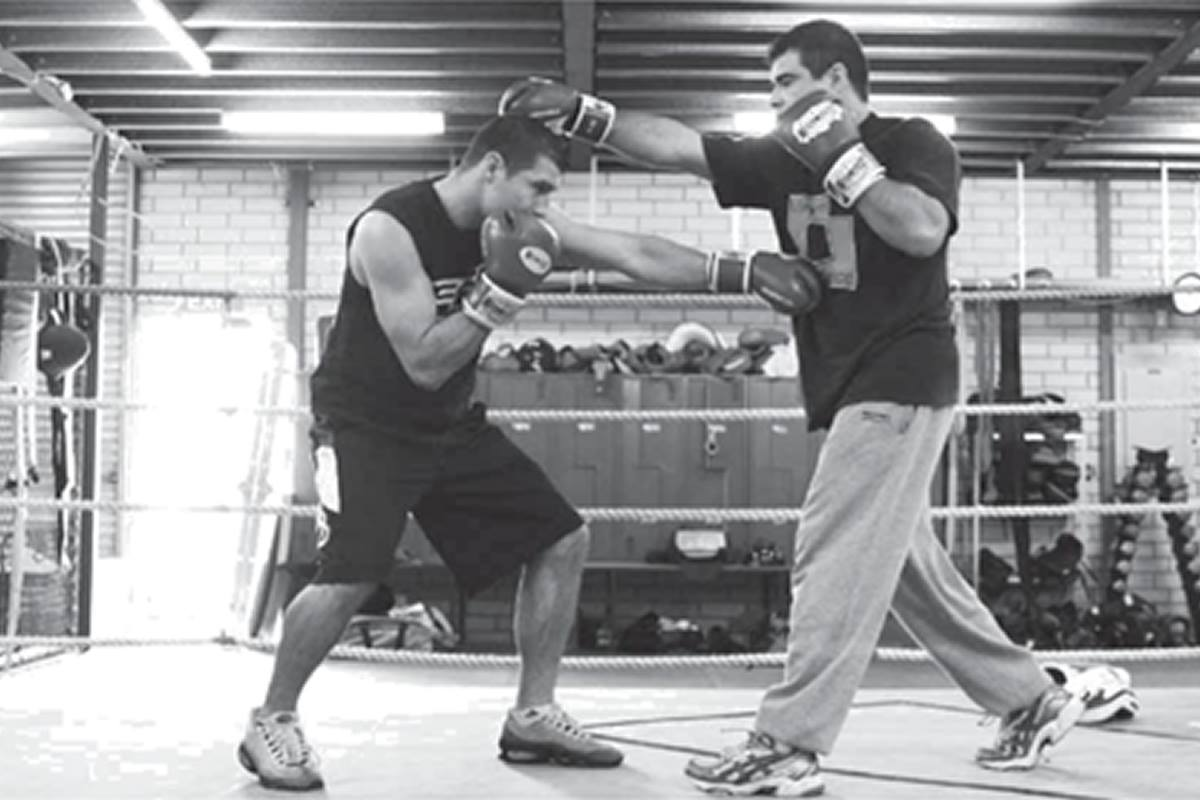
Sparring is important in the preparation for a competitive boxer in gaining confidence to apply technical and tactical skills in a controlled, supervised environment.
Prior to a session many rounds would have been spent on focus mitts training with the coach, developing offensive and defensive skills. It is practical in bringing a sense of realism to training, and assess the boxer’s ability to perform set offensive and defensive tasks under pressure, and identify any problem areas that need correcting.
There are 3 types of sparring:
1. Technical
2. Conditional
3. Open (Full Contact)
The type is determined by the coach, depending on the training program phase and ability of the boxer. Use a mouthguard (gum shield) and wear heavier well-padded gloves up to 16oz in weight. Headgear is worn when undertaking conditional sparring, in order to get used to the bulky, tight fitting and restrictive feel of the equipment.
1. Technical
Technical sparring are pre-set partner drills supervised by the coach, training objective is developing technique and improving reaction time not endurance or punching power.
For example: The first boxer will commence the drill with a jab, the second boxer will defend and counter jab. This training will perfect technique without pressure and develop the boxer in reading an oncoming punch without panicking.
Read More: 3_Types_of_boxing_sparring_for_developing_fighters_-_FIGHTMAG
